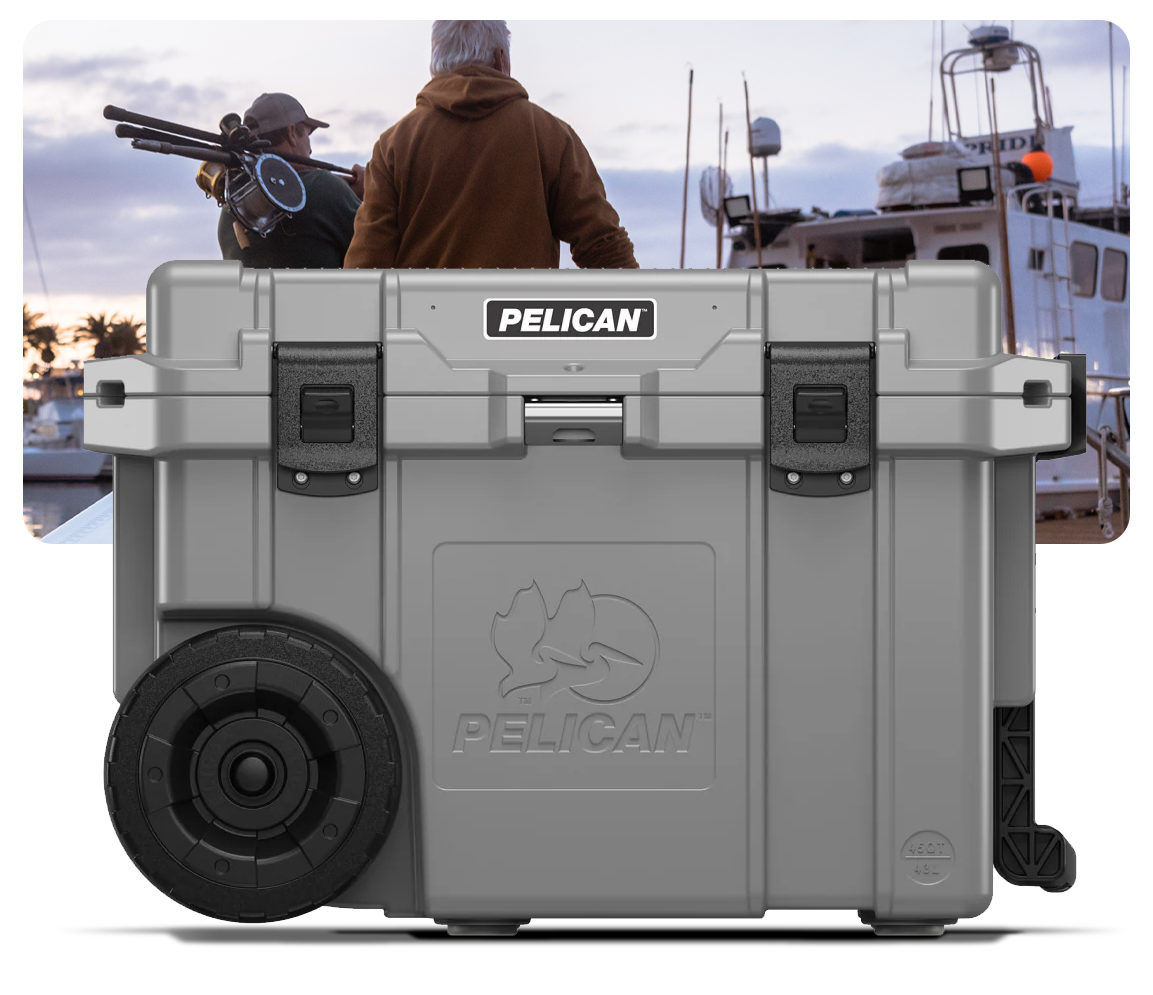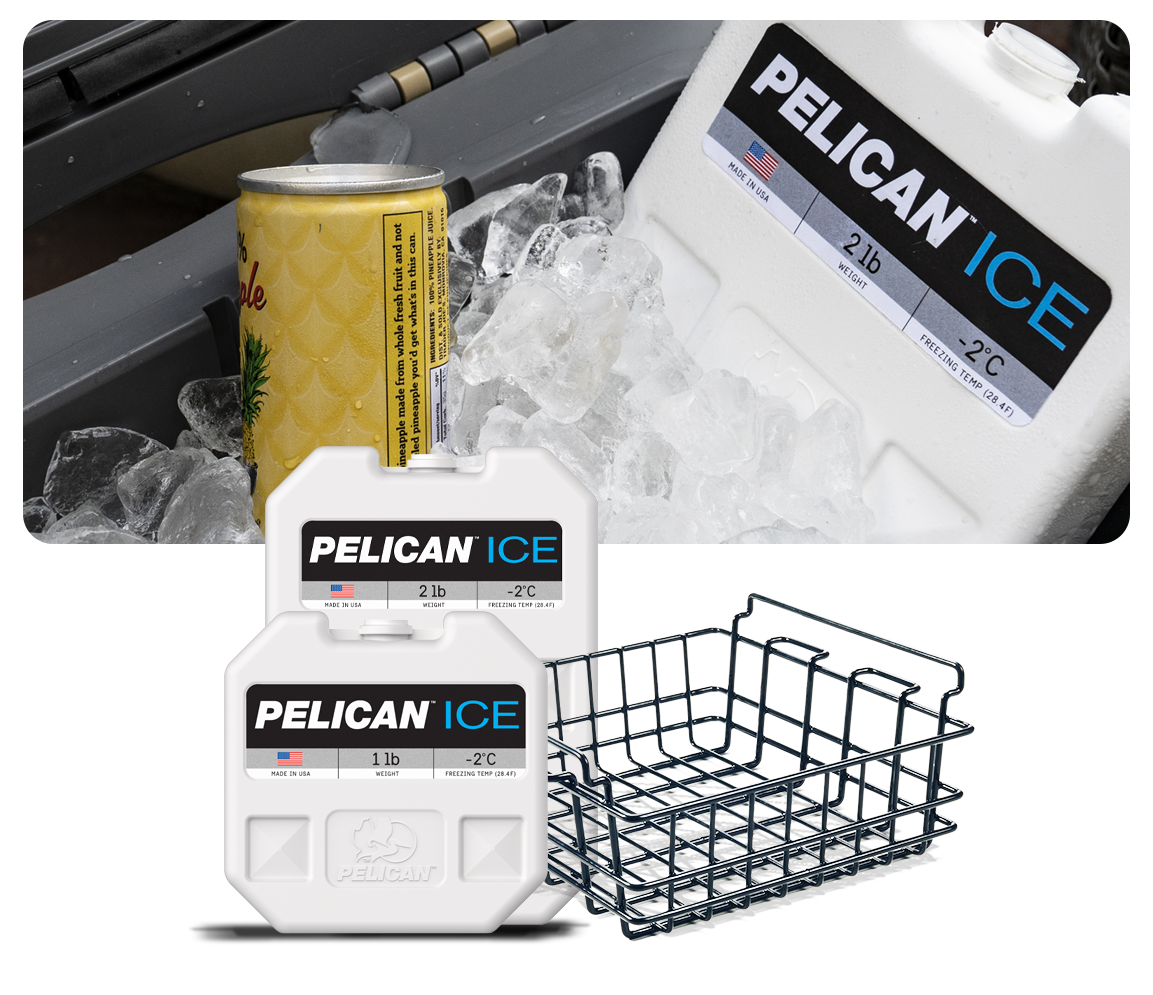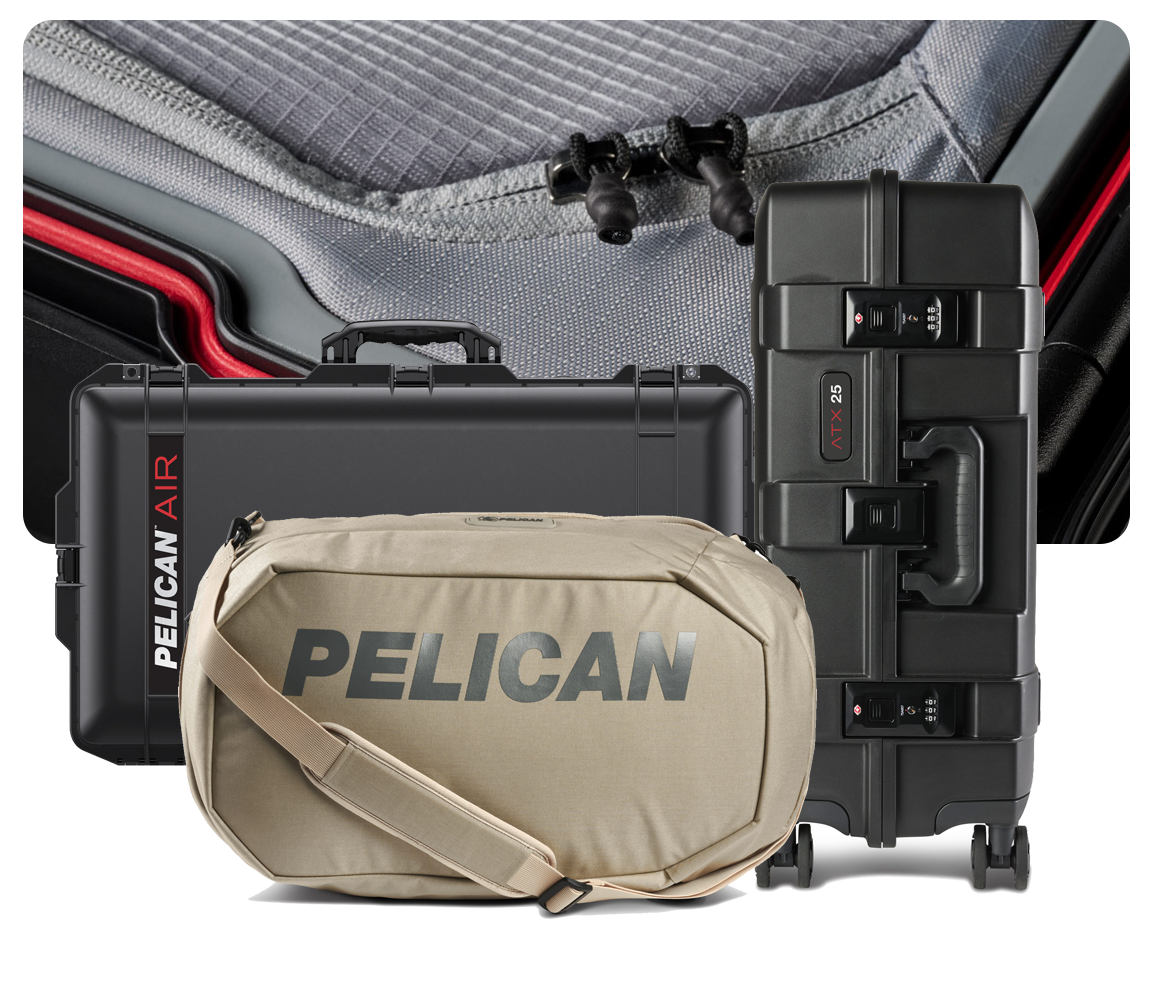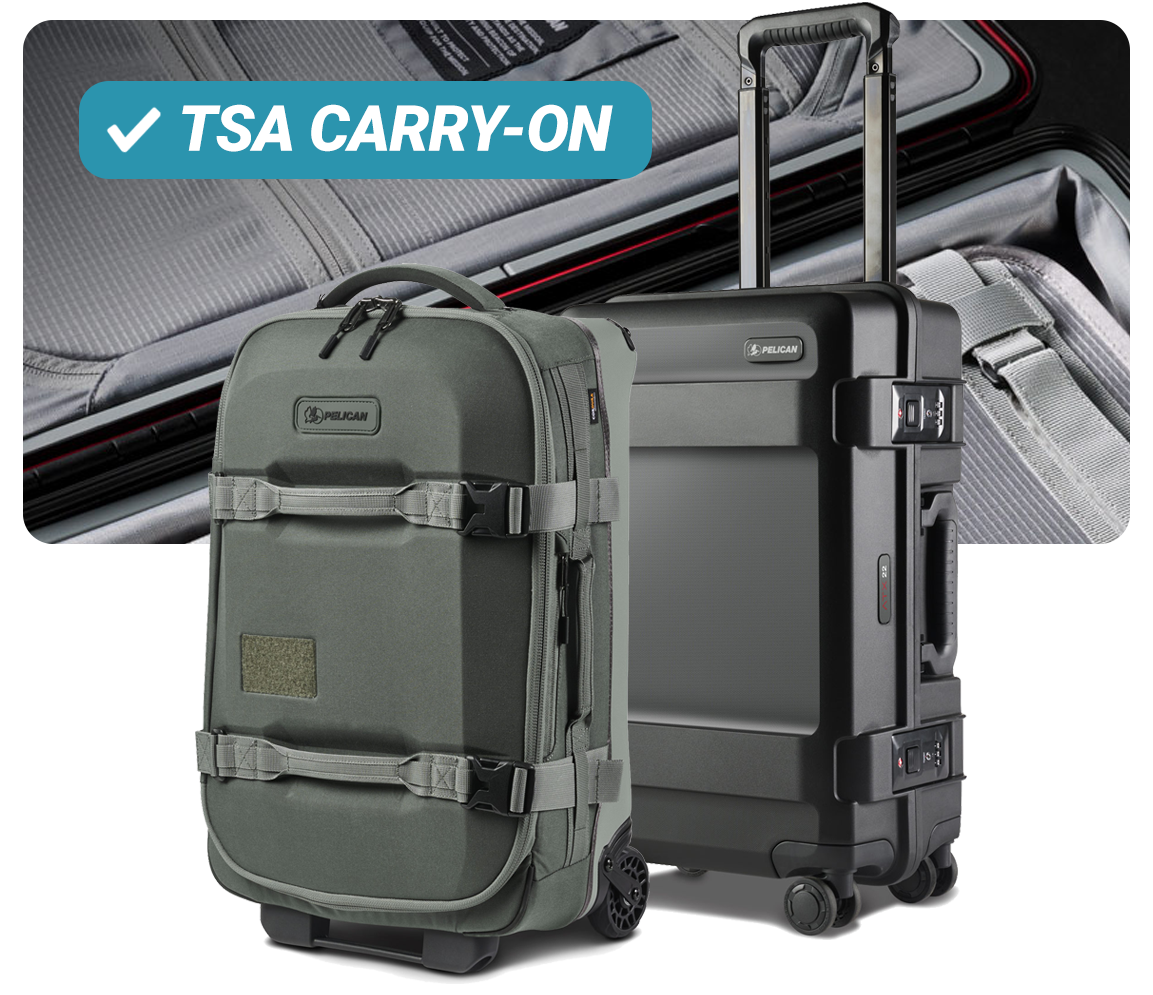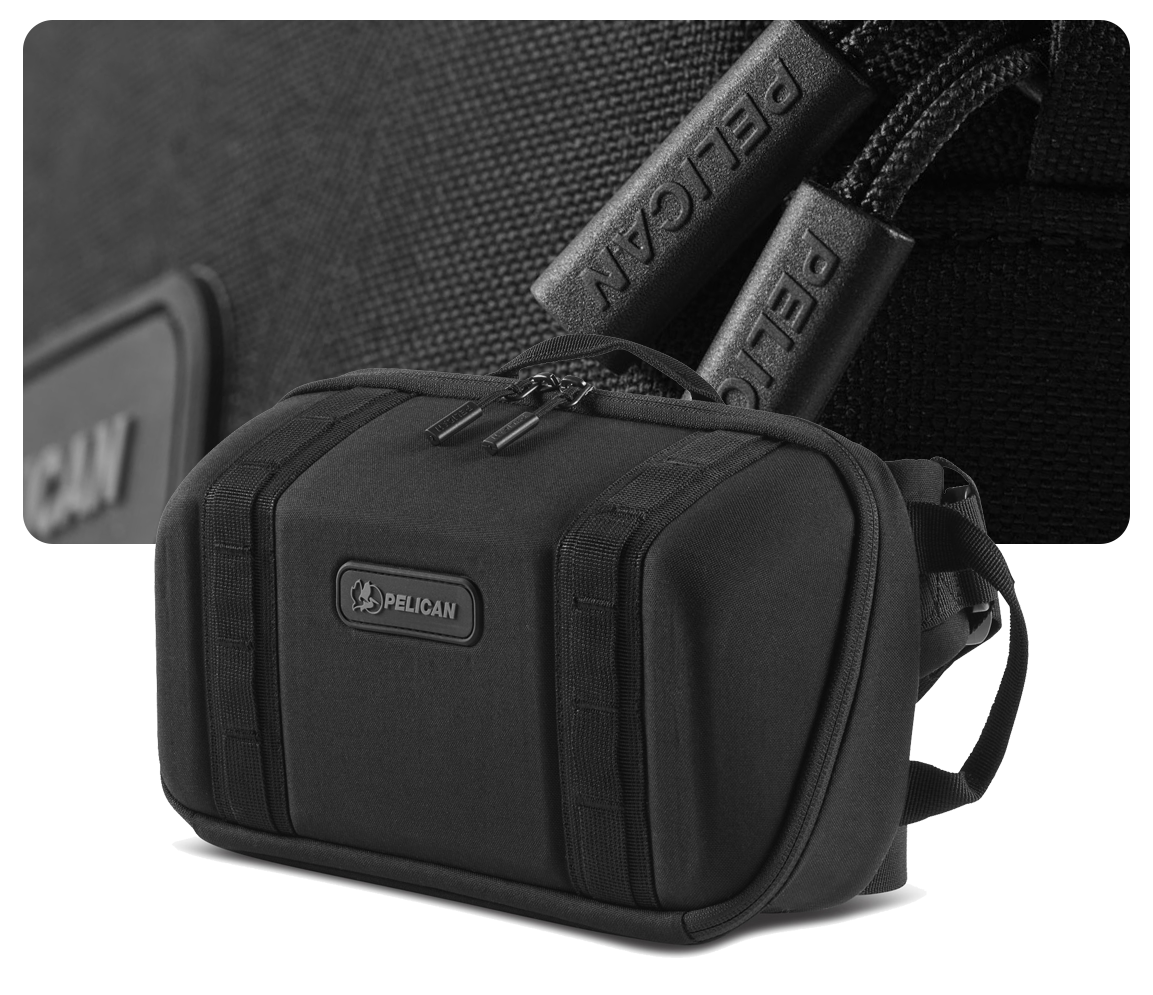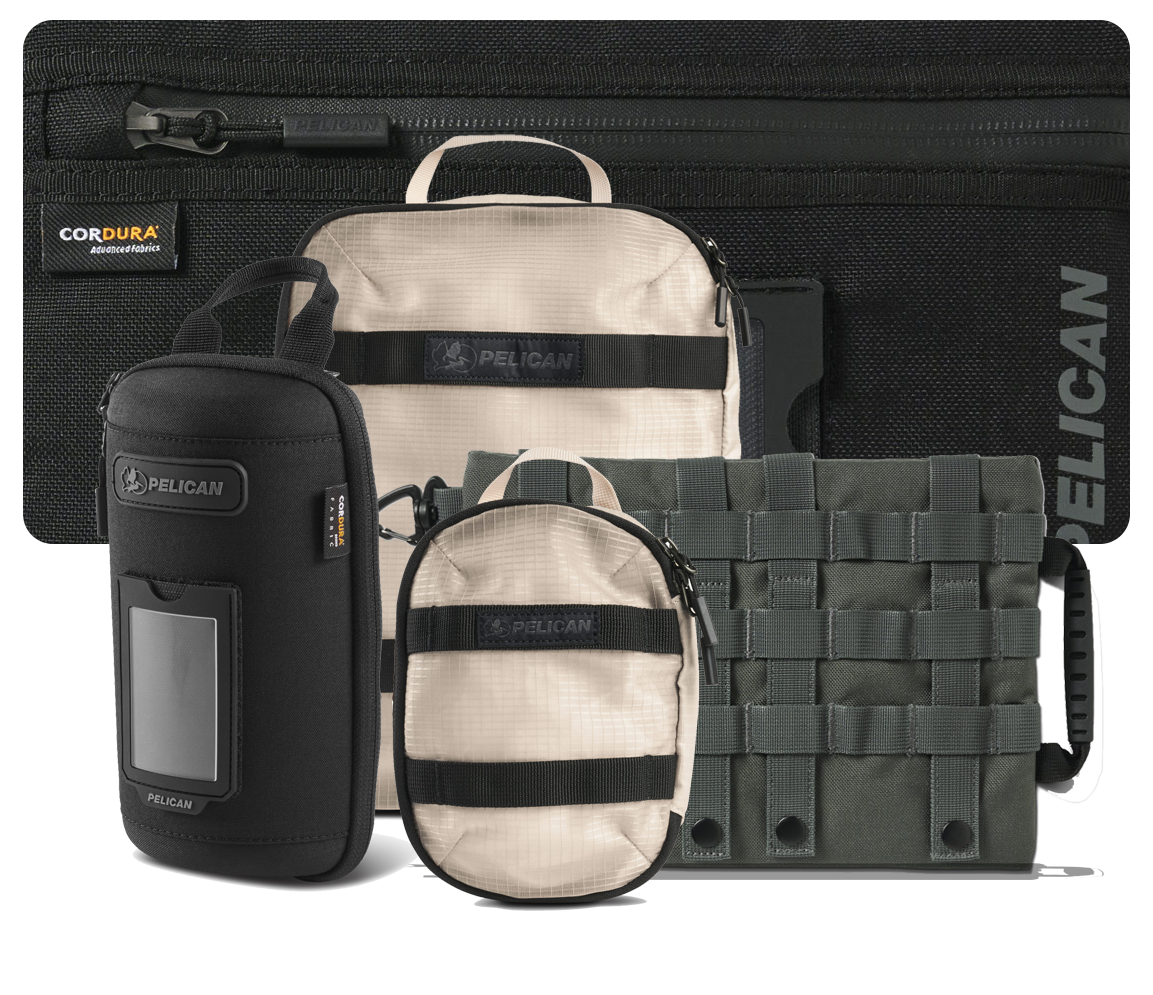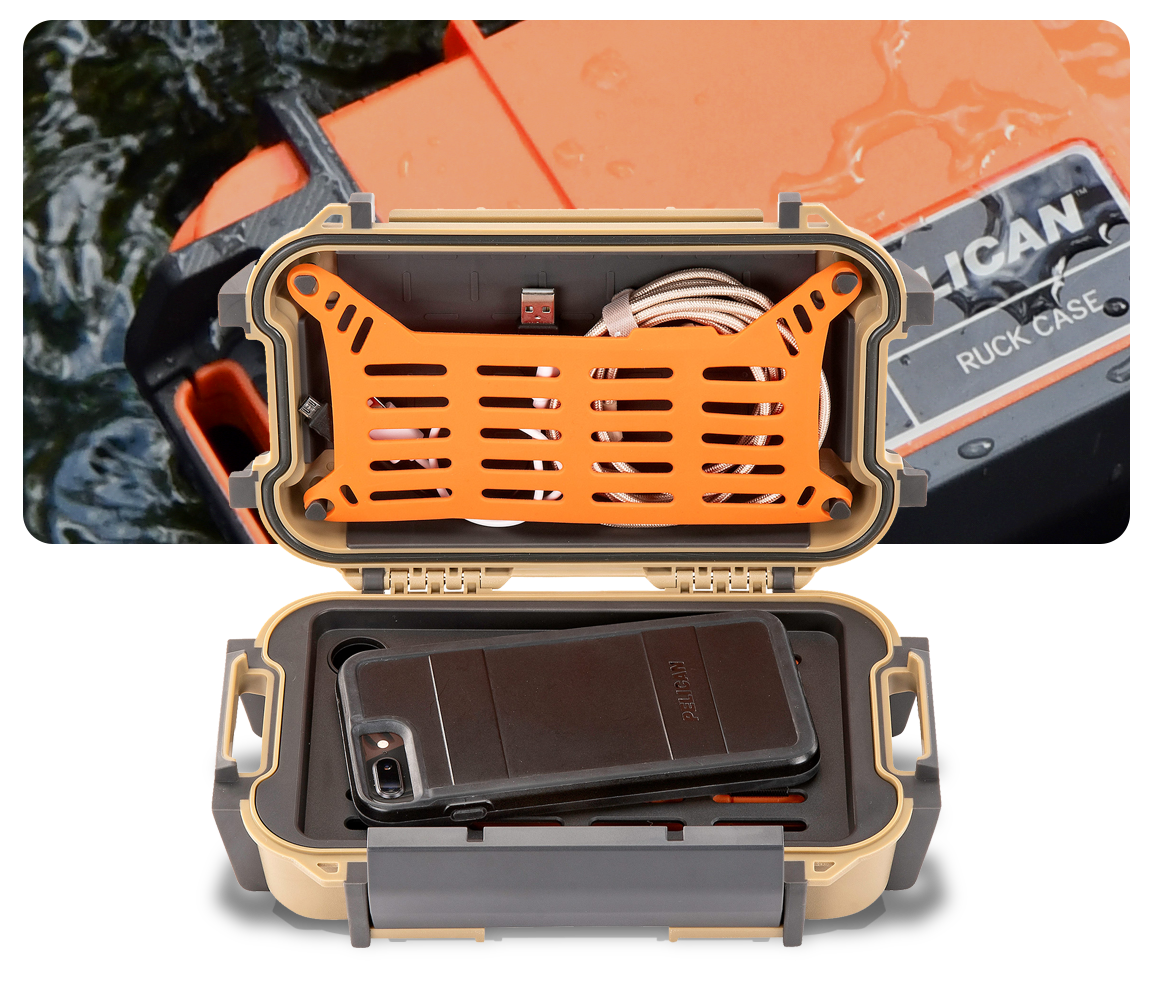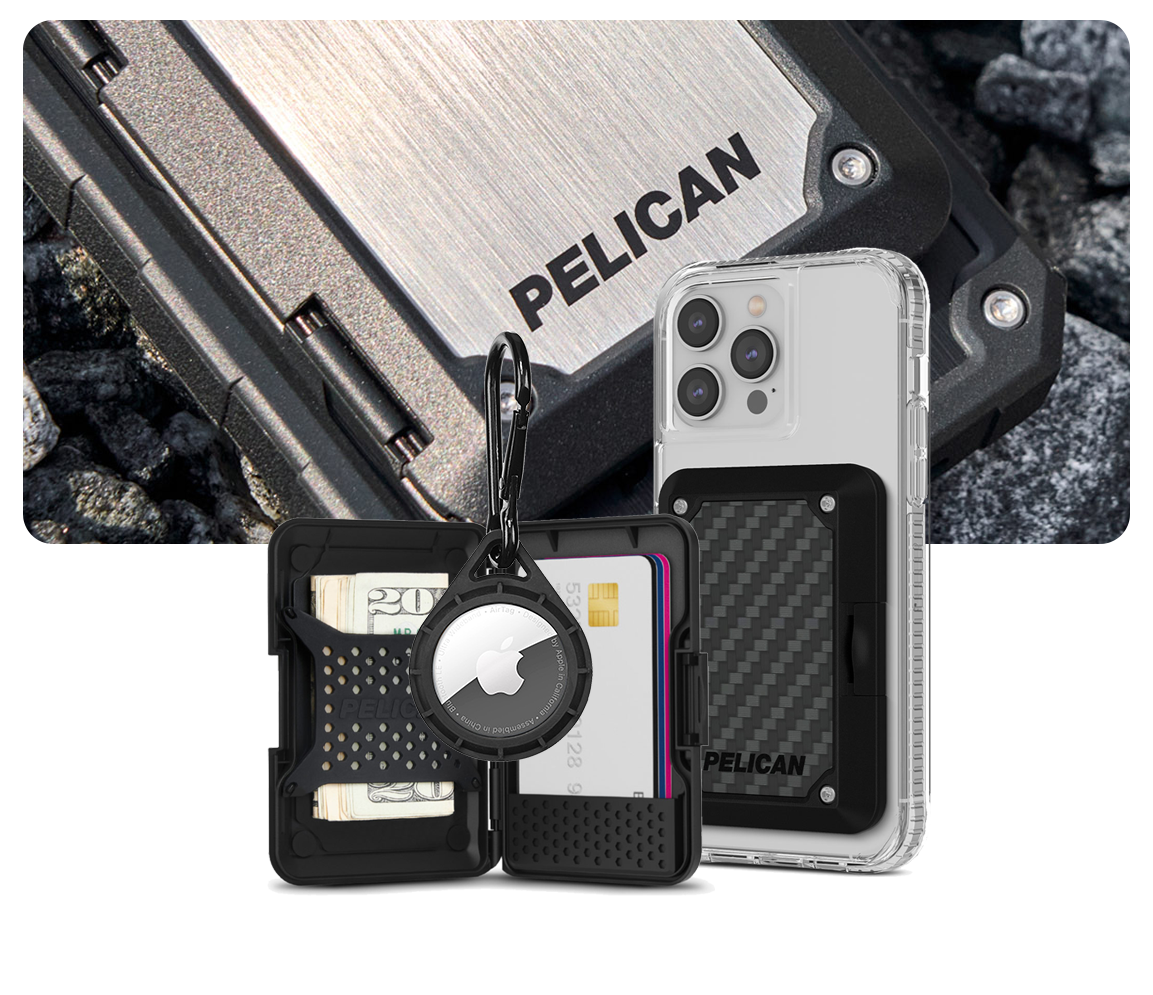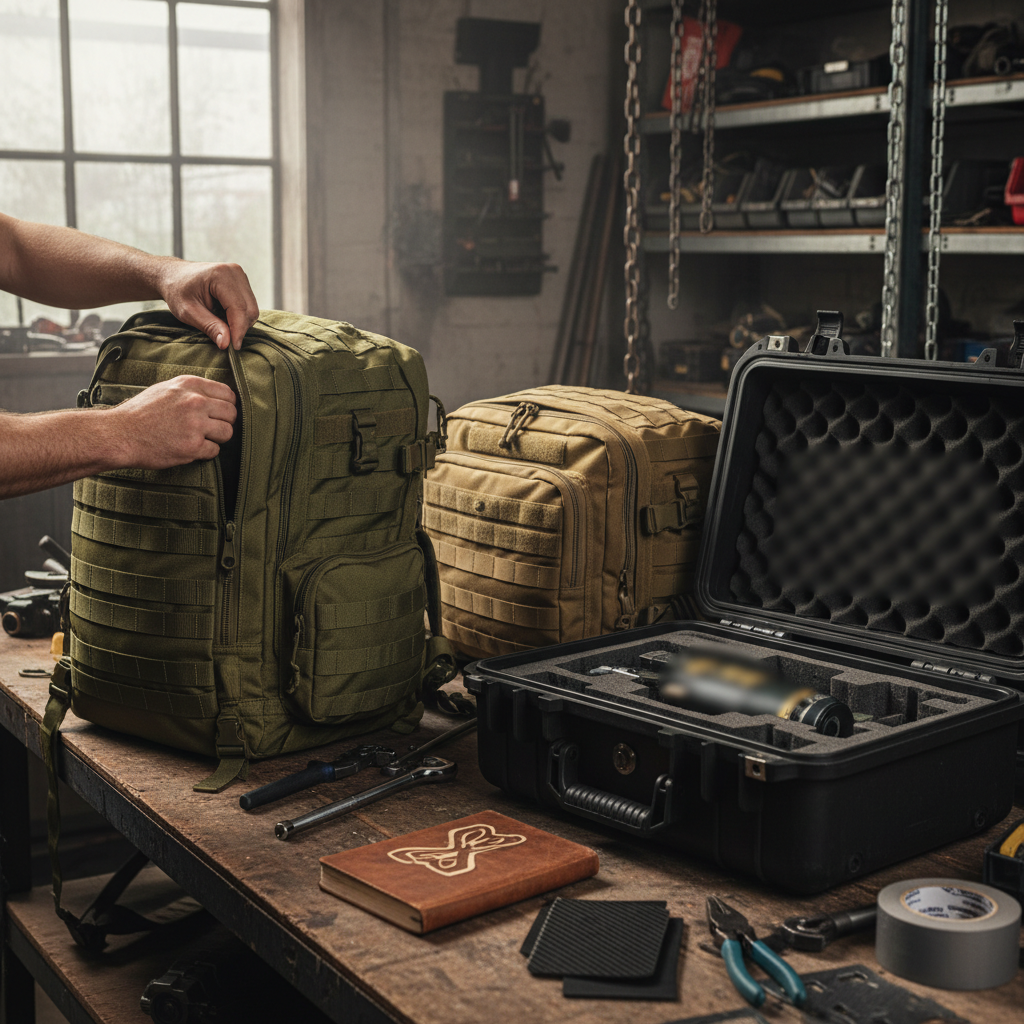Forge Your Path: The Unyielding Guide to Long-Lasting Adventure Gear
Invest in Durability: Equip Yourself for a Lifetime of Unforgettable Exploration
Quick Summary / Key Takeaways
- Choose materials like CORDURA, Dyneema, and high-denier nylons. They offer great abrasion and tear resistance for backpacks and outerwear.
- Proper care and maintenance can double or triple your gear's lifespan. This includes cleaning, re-waterproofing, and storing it correctly.
- Check a brand's reputation for quality, warranty policies, and repair services. Good brands show they care about durability and customer satisfaction.
- Look for gear with strong stitching, durable zippers (like YKK #10), and modular designs. These features make repairs or part replacements easy, so you can use your gear longer.
- Think about the long-term savings. Spending more on durable gear usually saves money and cuts waste over time. Frequent replacements can add up.
Introduction
There's a special sting to gear failure when you're far from civilization. A torn tent in a downpour, a blown boot on a rocky trail, or a stove that fails just when you’re hungry—these aren't just annoyances; they can end your trip. Many adventurers, myself included, have learned this the hard way, often by buying cheap gear. But what if you could choose items that stand strong against tough conditions? What if your gear was a reliable partner instead of a ticking time bomb? This isn't just about saving money in the long run, though it helps; it's about building confidence and reducing your impact on the planet by selecting durable gear. This guide isn’t about the latest flashy gadget; it’s a look at the philosophy and practicality of choosing and caring for gear that truly lasts. We’ll cover materials, construction, smart choices, and the key role of maintenance in turning a purchase into a lifelong investment. Get ready to shift your mindset from consumer to curator of your essential gear.
Adventure Gear Material Durability Comparison
| Material Type | Key Durability Trait | Common Adventure Use | Typical Lifespan Impact |
|---|---|---|---|
| CORDURA Nylon (500-1000D) | Excellent abrasion/tear resistance | Backpacks, luggage, outerwear | High; withstands rough handling |
| Dyneema Composite Fabric (DCF) | Extreme strength-to-weight ratio | Ultralight tents, dry bags, packs | Very high; resists punctures/tears |
| GORE-TEX Pro | Durable waterproof/breathable | Hardshell jackets, pants | High; weather protection lasts |
| Stainless Steel (304/316) | Corrosion/impact resistance | Cookware, hardware, water bottles | Very high; virtually lifelong |
Estimated Lifespan of Common Adventure Gear Items
| Gear Item | Expected Lifespan (Years) | Key Factors Affecting Longevity | Maintenance Impact Rating |
|---|---|---|---|
| Hiking Backpack (Durable) | 10-15+ | Material, stitching, zipper quality, load | High (cleaning, repair) |
| 3-Season Tent | 8-12 | Fabric UV degradation, pole fatigue, zipper care | Medium (UV protection, cleaning) |
| Hiking Boots (Leather/Synthetics) | 5-10 | Waterproofing, sole wear, proper drying | High (conditioning, resoling) |
| Down Sleeping Bag | 15-20+ | Compressibility, loft retention, shell integrity | Very High (washing, proper storage) |
Adventure Gear Preparation Checklist
- Look for trusted brands that are known for durability and strong warranty policies. This way, your adventure gear can handle tough conditions and last a long time.
- Check the stitching, zippers, and hardware for quality before you buy. This ensures your adventure gear is ready for tough terrain and heavy use.
- Check long-term user reviews to see how gear performs after heavy use. This helps you understand how adventure gear stands up during real-world expeditions and multi-day trips.
- Evaluate repairability. Can you replace components? Are spare parts available? This helps extend the lifespan of your adventure gear and cuts replacement costs.
Adventure Gear Post-Trip Checklist
- Clean your gear well after every adventure. Follow the manufacturer's instructions for the materials. This helps prevent buildup that can weaken your gear over time.
- Store gear in a cool, dry, dark place. Keep it uncompressed. This prevents material degradation and mildew. Your adventure gear will be ready for your next trip.
- Check your gear often for small wear and tear. Fixing little problems now can stop them from turning into big failures later. This keeps your adventure gear reliable in tough conditions.
- Reapply DWR (Durable Water Repellent) coatings and waterproof treatments as needed. This keeps your adventure gear ready for any weather on every trip.
Table of Contents
Section 1: The Core of Durability: Materials & Construction
- What materials ensure maximum gear longevity?
- How do construction methods impact gear lifespan?
- Is brand reputation truly indicative of durable gear?
- What role does weight play in gear durability?
Section 2: Smart Selection & Investment Strategies
- How can I identify high-quality stitching and seams?
- What's the best way to research a product's long-term performance?
- Are expensive items always more durable?
- What specific features should I look for in durable backpacks?
- How do I choose long-lasting tents?
Section 3: Extending Your Gear's Life Through Care
- What are the most common mistakes that shorten gear lifespan?
- How often should I clean and re-waterproof my gear?
- What simple repairs can significantly extend gear life?
- How should I properly store gear between adventures?
- When is it time to replace, rather than repair, a piece of gear?
- Can proper usage techniques make gear last longer?
Frequently Asked Questions
Section 1: The Core of Durability: Materials & Construction
FAQ 1: What materials ensure maximum gear longevity?
Materials like CORDURA nylon (500D+), Dyneema Composite Fabric (DCF), and high-denier ripstop nylons are key for long-lasting gear. They offer great abrasion and tear resistance. Strong metals such as stainless steel and aircraft-grade aluminum are also important for hardware. They provide strength and resist corrosion. Choose fabrics with Durable Water Repellent (DWR) treatments and membrane technologies like GORE-TEX for effective weather protection. These materials ensure gear can endure years of tough use in challenging conditions.
FAQ 2: How do construction methods impact gear lifespan?
Construction methods greatly affect your adventure gear's lifespan. Features like double-stitched seams, bartacked stress points, and strong zippers are key for durability. Seam sealing on waterproof items stops leaks. Using panel construction instead of one large piece lowers failure points. Also, internal framing in backpacks and reinforced corners in tents boost structural integrity. They help distribute stress better and prevent wear. These details ensure all components work together to handle forces and last longer.
FAQ 3: Is brand reputation truly indicative of durable gear?
Yes, brand reputation often shows which gear lasts. Well-known outdoor companies invest in testing, quality control, and top materials. Reputable brands usually support their products with solid warranties and repair services. This shows their confidence in how long items last. Their focus is on customer loyalty and reliability, not just low prices. However, it’s smart to check independent reviews. Even good brands can sometimes release a less durable product.
FAQ 4: What role does weight play in gear durability?
Weight often relates to gear durability, as heavier items usually use stronger fabrics and components. These tend to last longer under stress. However, advances in material science show that some ultralight gear, especially those made with Dyneema or advanced composites, can be very durable for their weight. It’s crucial to know the materials and construction methods. Assuming heavier is always better can lead to extra bulk. Balance weight with your needs and the level of use you expect. Always choose smart materials over just sheer mass.
Section 2: Smart Selection & Investment Strategies
FAQ 5: How can I identify high-quality stitching and seams?
You can spot high-quality stitching by checking for consistent, tight, and evenly spaced stitches. Look for 8-10 stitches per inch without loose threads, fraying, or missed stitches. Pay attention to reinforced areas, like bartacks at stress points, such as where straps attach. Flat-felled or bound seams offer more strength and water resistance than simple open or serged seams. For waterproof gear, make sure seams are factory seam-taped or welded to prevent water leaks. Uneven or sloppy stitching is a clear sign of poor durability.
FAQ 6: What's the best way to research a product's long-term performance?
To research long-term performance, read user reviews from seasoned adventurers who have used the product for years. Look for reviews that mention specific failures, common wear points, or how the gear held up in tough conditions. Checking independent gear review sites and outdoor forums can also give you unbiased insights into durability and longevity. Notice how companies handle warranty claims or offer repair services; this shows their commitment to product lifespan.
FAQ 7: Are expensive adventure gears always more durable?
No, expensive adventure gear isn’t always more durable. A higher price often means better materials, construction, and brand reputation, which can lead to longer-lasting products. But sometimes a high price reflects advanced features, lightweight designs, or just brand markup instead of true durability. It's important to examine the product's materials and construction. Read reviews and consider the brand's history too. Don’t rely only on price to judge durability. Value comes from balancing cost, performance, and actual lifespan.
FAQ 8: What specific features should I look for in durable backpacks?
For durable backpacks, choose high-denier Cordura or heavy-duty ripstop nylon (500D+ for the main body, 1000D+ for high-wear areas). Key features include strong YKK #10 zippers, bartacked stress points (shoulder straps, hip belt, haul loops), and double-stitched seams. A solid internal or external frame, durable buckles, and thick webbing straps are important too. If you plan to bushwhack, look for designs with few external mesh pockets, as these often fail. A sturdy pack can handle heavy loads and abrasion well.
FAQ 9: How do I choose long-lasting tents?
To choose long-lasting tents, focus on strong fly and floor fabrics. Look for high-denier ripstop nylon or polyester (20D+ fly, 70D+ floor) with good UV and hydrostatic ratings. Choose strong aluminum poles, like DAC Featherlite, that won’t bend or snap in high winds. Reinforced pole sleeves or clips add extra support. Factory-taped seams are crucial for waterproofing, as are sturdy, oversized zippers. A full-coverage rainfly and generous guylines improve stability and weather resistance. Also, consider brands known for quality materials and easy access to replacement parts.
Section 3: Extending Your Gear's Life Through Care
FAQ 10: What are the most common mistakes that shorten gear lifespan?
Common mistakes that shorten your gear's lifespan include improper cleaning, inadequate drying, and poor storage. These issues can cause mildew, material degradation, and bad odors.Leaving your gear exposed to UV radiation or extreme temperatures in a car trunk breaks down fabric and causes component failure. Repeatedly over-compressing down or synthetic insulation damages its loft and reduces warmth. Also, ignoring small repairs like seam tears or zipper problems lets minor issues grow into bigger ones. These oversights can greatly shorten the lifespan of even the best gear.
FAQ 11: How often should I clean and re-waterproof my gear?
You should clean your gear after every big adventure, especially if it’s dirty, muddy, or exposed to saltwater. Do this before long-term storage. Re-waterproofing (re-applying DWR) is needed when water no longer beads on the fabric but soaks in. This usually happens every 1-2 years with regular use, or more often for heavily used items. Always follow the manufacturer's cleaning instructions. Use the right technical washes that won’t strip DWR. Cleaning and re-waterproofing on time keeps your gear working well and prevents material breakdown, ensuring it stays functional.
FAQ 12: What simple repairs can significantly extend gear life?
Simple repairs, like patching small tears in tent fabrics or jackets with repair tape, can stop them from turning into major rips. Replacing broken zipper sliders or pulls, and lubricating sticky zippers, helps keep them working and avoids a full zipper replacement. Re-sealing failing tent seams or re-gluing delaminating boot soles can prevent water leaks and restore strength. Learning basic sewing for small seam blowouts or loose straps also saves money and extends gear life. These proactive steps keep your gear in great shape.
FAQ 13: How should I properly store gear between adventures?
You can properly store your gear between adventures by keeping it clean and dry. This helps prevent mildew and damage. Store items in a cool, dry, dark place, away from sunlight. Sunlight can break down fabrics over time. For sleeping bags and insulated jackets, use a large mesh or cotton sack. This keeps them uncompressed and maintains loft. Avoid storing tents or packs in their stuff sacks for long periods. Instead, fold or hang them loosely. This careful storage helps prevent aging.
FAQ 14: When is it time to replace, rather than repair, a piece of gear?
It's time to replace gear instead of repairing it when repair costs near or exceed the cost of a new item. This also applies when performance is compromised despite repairs. For example, fabrics may be badly degraded by UV damage, coatings may be delaminated beyond repair, or structural parts like tent poles or pack frames may keep failing. If a sleeping bag has lost significant loft or boots no longer provide support and weather protection even after resoling, it’s time to replace them. Safety is key; if gear failure could lead to danger, replace it.
FAQ 15: Can proper usage techniques make gear last longer?
Yes, using gear properly can greatly extend its life. For instance, lift a backpack by its main haul loop, not the shoulder straps. This prevents strap tearing. Treat zippers gently, avoid snagging, and lubricate them regularly to keep them working well. Set up tents on flat ground, use a footprint, and guy them out properly in wind. This reduces stress on the fabric and poles. Also, don’t overload packs beyond their capacity to avoid seam blowouts and frame damage. Respecting your gear's limits can significantly boost its longevity.



